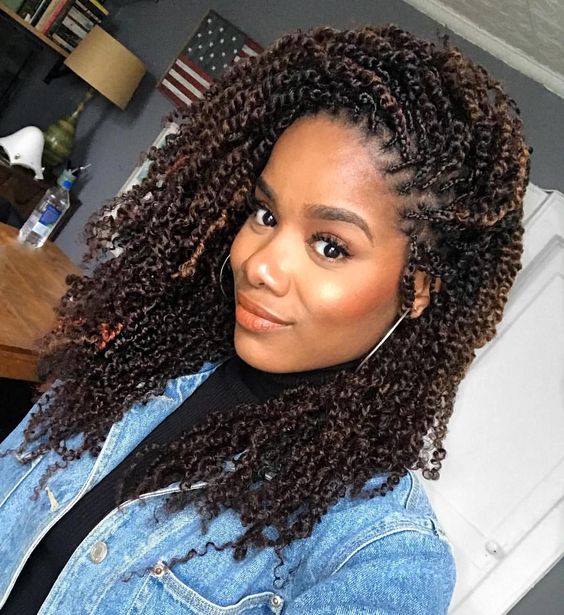A Guide for Pricing Your Artwork

Whether you are an established artist or switching mediums, finding a fair price for your artwork can be difficult. One would assume that an artist would be aware of the worth of their work after working days, weeks, or months on a piece. Numerous artists, however, struggle with deciding how much to charge. It is challenging to put a value on creativity, aesthetics, and the intrinsic worth of a work. Also, the value of a work is frequently influenced by rapidly shifting trends in the art world. Additionally, a work that is overpriced may turn away many prospective customers, whereas a piece that is underpriced may have sold for tens, hundreds, or even thousands of dollars more.
Pricing artwork is frequently a difficult choice made at the last minute, especially for first-time exhibitors. It can be difficult to put a price on your own work, and new artists frequently err on the side of underpricing or overpricing. Additionally, if you work as an artist creating works of art for sale or even just as a hobby, you are aware of the time commitment required. It can take hours or even days to complete the procedure, from choosing a subject to making the composition to employing materials and framing your work. It can be upsetting if your effort doesn’t bring in the money it merits because of this. Also, it might be discouraging to invest your entire heart and soul into a piece of art and receive nothing in return.
Actually, you will come out as more credible and reliable if you price your artwork reasonably and consistently. Fair pricing will help you improve sales and commissions by giving customers realistic expectations for buying or commissioning your work. Although appraising your own artwork can prove a difficult task, this guide covers how to do so fairly and effectively.
Check the Market Rate for Your Style of Art
When selecting how much to charge for a piece of artwork, this is where most artists start. A market-based pricing approach, sometimes referred to as a competition-based pricing strategy, determines the worth of art by comparing it to comparable works produced by other artists. If your work is really personal or distinctive, this may be challenging, but for independent contractors and commission-based artists, it is a terrific place to start to learn about the market.
Research Competitors
Compare the features, presentation, and customer service of competing products while evaluating pricing. How does your work compare to others’? Would clients be willing to pay you more or less? Try to comprehend how these variations will impact your price. Market prices for artwork can alter if demand for your goods rises or falls.
The pricing process requires thorough research on your competitors. Look into the sale prices and hourly rates of artists who are comparable to you on well-known art-related websites. Your pricing ought to seem competitive because customers who look for these artists’ work online will probably also see yours. If not, these customers will probably think you are overcharging or undercharging.
It is a terrific method to get a sense of the industry you will be selling in, even though basing your pricing entirely on your competition is not a good idea. You still need to run the figures and make sure your costs are reasonable.
Calculate Costs
Keep accurate records of the cost of the supplies you bought and utilized to make your artwork. Include them in the artwork’s sales price if you have a full record of these materials. Similarly, whether you are selling through a representative, gallery, or online marketplace that levies a commission, factor that fee into your asking price. You will be able to at least break even if you include the cost of materials and commission in your sales price.
If a client has hired you to complete a job, be sure to keep a complete and accurate record of the minutes spent on that assignment. Maintaining a thorough and organized record can make you appear professional and lessen the chance that you will inadvertently overcharge or undercharge a client.
Price for Exclusivity
Consider the kind of work you are selling. Is it a Giclee reproduction or an authentic oil painting? Is it an acrylic painting on canvas or a page from your daily sketchbook? It is common knowledge that art buyers will pay more for an original piece of art. Especially than they would for a print or copy of it. The most expensive items are one-of-a-kind, distinctive creations that showcase your artistic abilities and who you are as a person. These need to be your priciest items. Prints, on the other hand, give your customers a less expensive and more convenient option to possess a piece of your work. Keep in mind that limited edition prints with short print runs will cost more than prints with unlimited print runs. There is value in exclusivity.
Know Your Costs
The biggest mistake most artists make when they first launch their art company is underestimating their expenses and failing to set a price for their work high enough to meet the necessities. You can set your art’s price with confidence if you have a clear understanding of how much it costs you to manufacture each piece.
Key Takeaway
You are already capable of producing stunning pieces of artwork. And now it is time to set your artwork’s pricing appropriately and advance your artistic career. At first, it could seem confusing. But just keep in mind the three main components of a price — cost, time, and materials.




